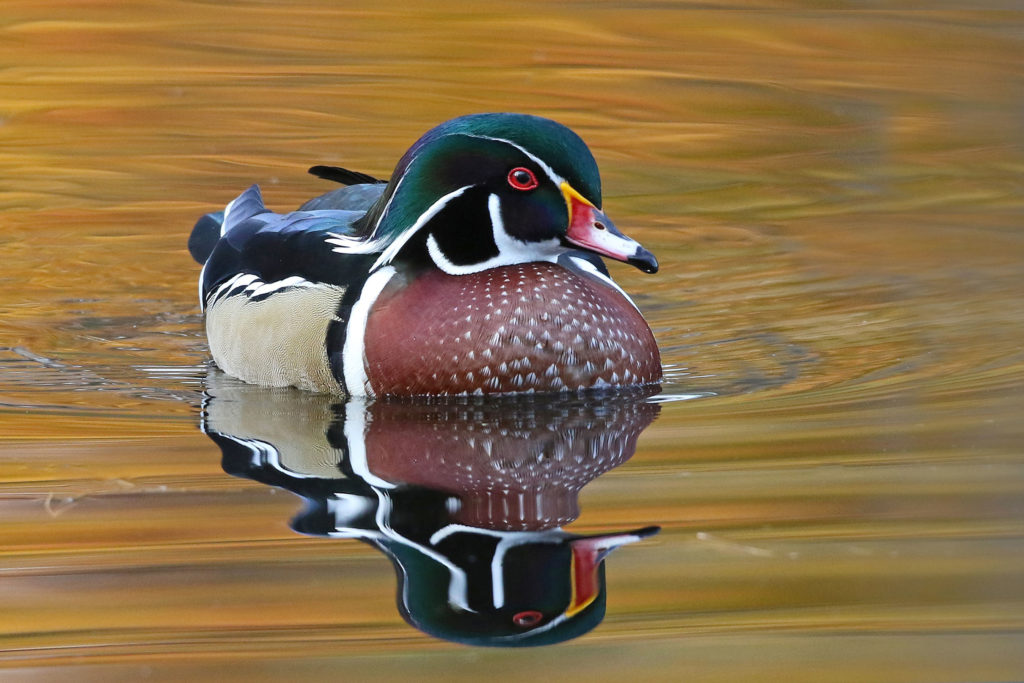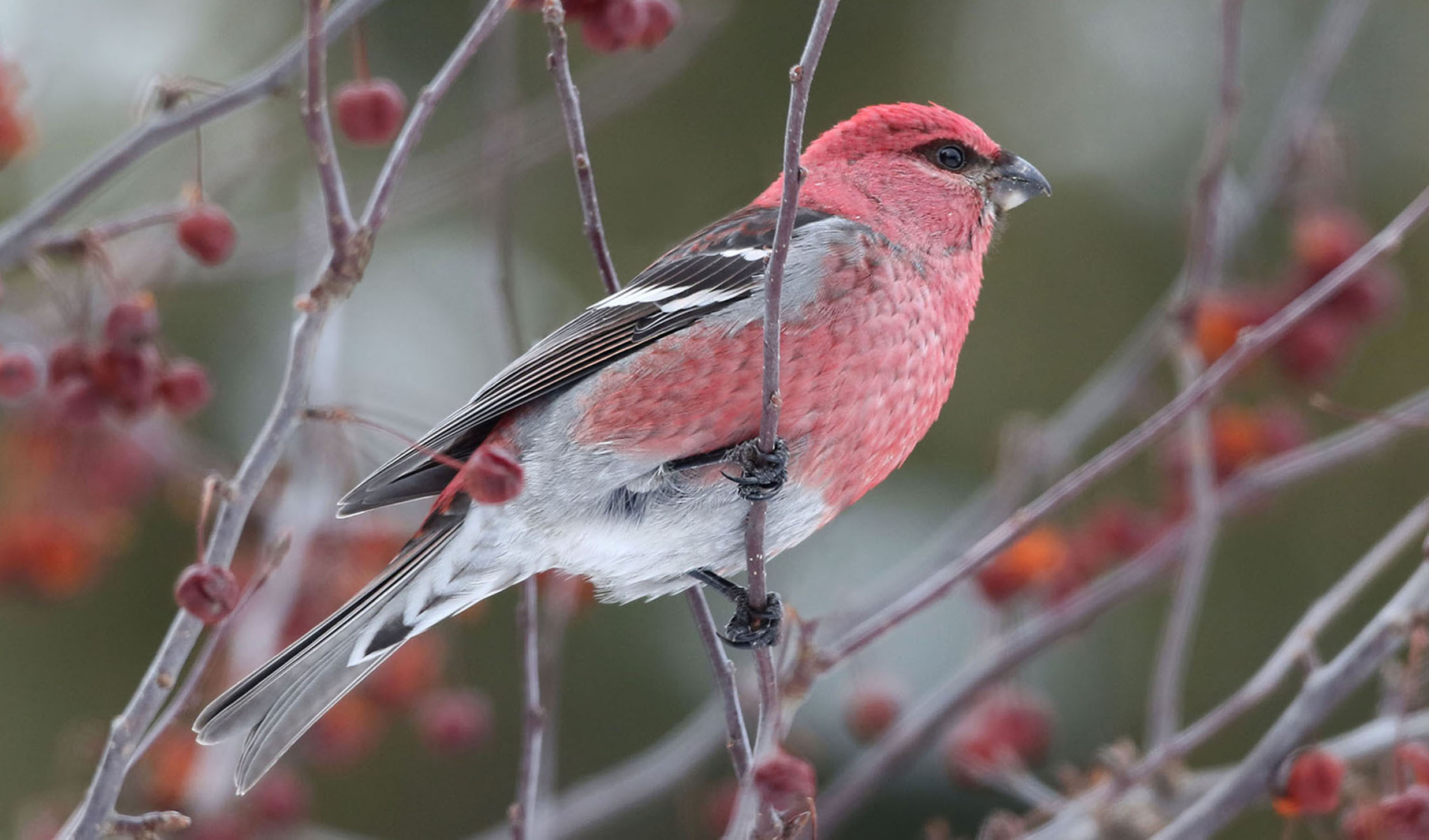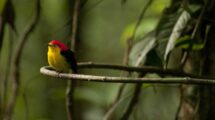By Brian Morin
While we enjoy the days of fall, birds are busily working on their exit strategy. Their urge to leave is triggered by a variety of factors, including reduced hours of sunlight, lower sun angle in the sky, decreasing temperatures and genetic predisposition. The cues vary for different families of birds as do their scheduled departures.

The surprising aspect to fall migration is how different it is from what happens in the spring, with the period being about a month longer. Many species have already departed. It’s hard to believe but while you were celebrating Canada Day, a few non-breeding shorebirds had already left the Arctic and begun to slowly move south. In late June you can actually have a few spring shorebirds still moving north while early fall birds are on the return trip. The peak of shorebird migration takes place in late August through September, with a few species like the dunlin continuing through mid-November.
Most people are familiar with swallows. Their aerobatics are amazing to watch as they course through the air searching for flying insects. In mid-summer, after breeding, adults and the young will gather together in flocks along power lines, especially around fields or near the water. Their numbers will build for weeks, sometimes into the hundreds, then one day in mid to late August, most will disappear, heading mainly into the tropics where flying insects are available year round.
Late August through September is when many of our songbirds hit the road. Warblers, thrushes, vireos, flycatchers and a host of others begin to drift south, not in a rush like in spring, but casually, taking their time to fatten up along the way for the next leg of their journey. This movement of several billion birds is not a reaction to existing food supplies. In fact, food may still be in abundance when they set out, but their internal clock is telling them it is time to move on and not to leave the journey until the last minute.

Once we arrive at October, there are far fewer species present, with sparrows and juncos appearing for a while before most of them move on in a few weeks. Overhead, hawks are noticeable, heading out on north winds. Sometimes they will form ‘kettles,’ spiralling upwards on thermals of rising air. A few places along the shores of the lower Great Lakes, particularly Lake Erie, serve as important gathering areas where the birds come together before moving further west. Hawks do not like to cross large bodies of water, preferring to follow the shoreline, even if the shortest distance is directly south over the lake. On a good day there can be thousands of hawks on the move, with turkey vultures putting on a big show in late October and early November.
While migration activity has been high in fields, woodlots and even along shorelines, waterfowl take over the show now. Ducks and geese by the tens of thousands are arriving in the lower Great Lakes, some of them remaining for the winter. Hunters are well aware of that change. Large flocks of diving ducks like scaup, redheads, common goldeneyes, buffleheads and long-tailed ducks dominate the waterfront from Kingston to Niagara and Fort Erie to Amherstburg. In shallower areas, dabblers like teal, wood ducks, pintails and mallards are in abundance.
Ducks in the other Great Lakes will be largely forced out by February, once ice cover firmly sets in. In some years, even much of shallow Lake Erie becomes locked up, leaving western Lake Ontario as the point of concentration for the remaining ducks, geese and swans.
While some people dread what is coming in the months ahead, others look forward to the seasonal changes and embrace the special birds that will settle in here for the colder months. Winter visitors include birds of open fields like snowy owls, rough-legged hawks and snow buntings. When northern finches such as redpolls, grosbeaks and siskins appear in our yard, they generate a lot of excitement.
Now is the time that many set up their feeders. Local residents like chickadees, woodpeckers, nuthatches and house finches will appreciate a handout when the weather deteriorates and natural food becomes harder to find. Swedish researchers have confirmed that winter feeding of songbirds helps them fight infections, prolonging their lives. They do not need to lower their body temperature at night as much as birds that don’t have access to bird food such as seed, suet and peanuts.
While feeding birds, like everything else, has increased in price in the last couple of years, the joy of knowing that we are helping our feathered friends is more than worth it. Who knows? You may be one of the lucky ones to have a rare bird, seldom seen in the province, turn up in your yard.
Photo captions:
Wood Duck – Brian Morin
Pine Grosbeak – Brian Morin






